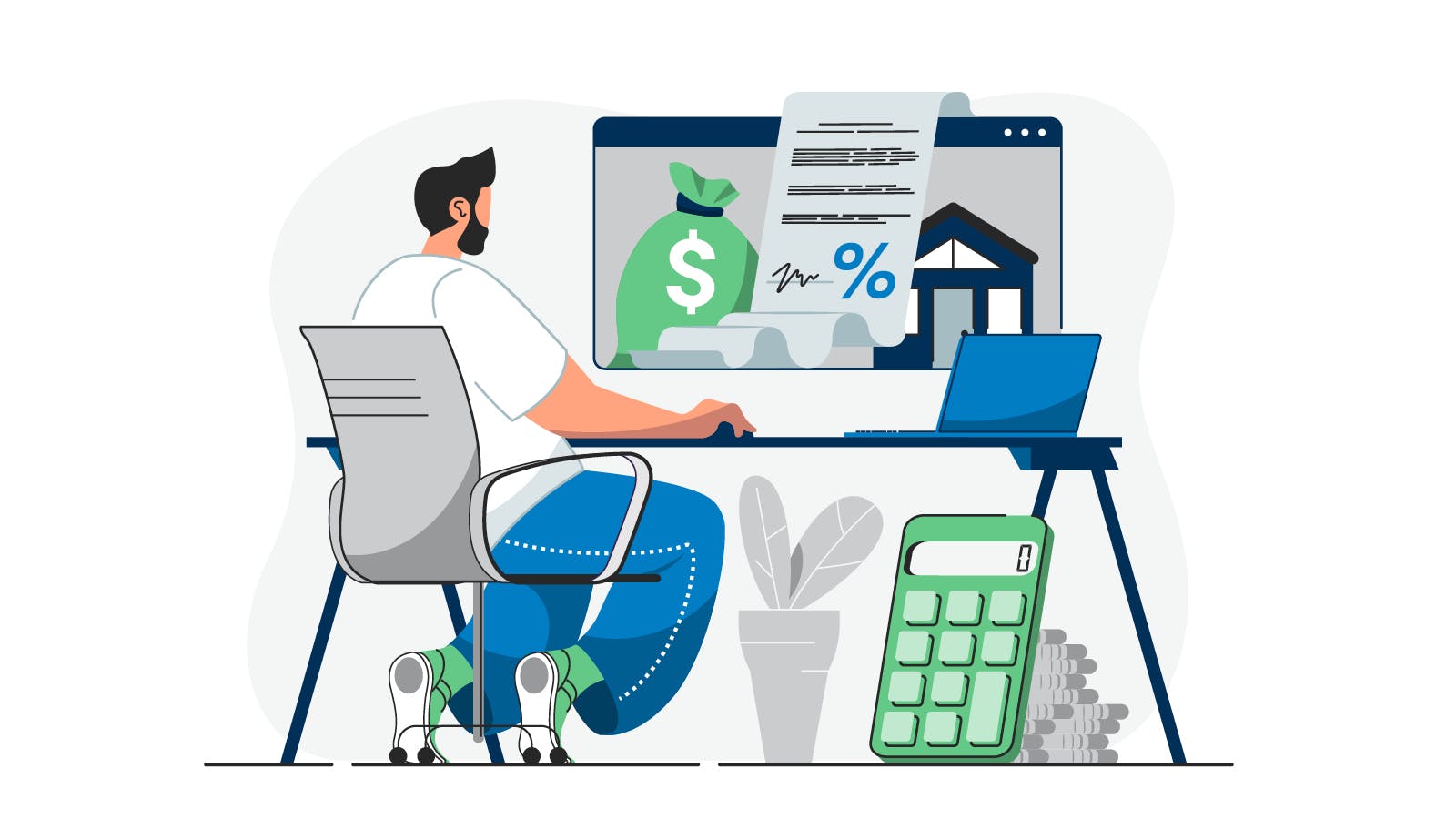

From lingering private mortgage insurance and higher interest rates to covering home renovation expenses, millions of homeowners across the nation could potentially benefit from refinancing.
Have you ever wondered if a mortgage refinance might be worth it? Review this comprehensive guide to master some of the basics and help determine if refinancing could be right for you.
Refinancing is “a process that involves obtaining a new loan to pay off a current one”.
When it comes to homeownership, there are two typical types of refinances: cash-out and rate-and-term.
Rate-and-term refinancing simply pays off and replaces your existing loan with the funds secured from your new loan. Homeowners who choose to refinance in this way are typically looking to either take advantage of lower interest rates or shorten their loan term (or both).
Cash-out refinancing, on the other hand, leaves you with more cash than you need to pay off your existing mortgage, cover fees and other loan-related expenses. You can use these excess funds for any purpose, with popular choices including paying off other debts or funding renovations. As part of a cash-out refinance, it may also be possible to lower your interest rate and/or shorten your loan term.
While refinancing can be a smart move, it may not be right for everyone. And, like any financial decision, it shouldn’t be taken lightly.
You’ll want to understand the various pros and cons before signing on the dotted line.
Benefits could include:
Potential risks of refinancing include:
Refinancing costs are generally like the closing costs you paid when taking out your original mortgage loan. Totals may include government recording costs, appraisal fees, credit report fees, lender origination fees, title services, tax service fees, survey fees, attorney fees and underwriting fees. A good estimate totals nearly $5,000, but your mortgage professional can provide a comprehensive list of fees for your unique situation.
There could also be loan options offering low or zero closing costs, for those who don’t have or don’t want to spend, the cash to pay upfront. This doesn’t erase these costs; it just rolls them into the principal balance of what you will owe on the loan and allows you to pay them over time instead of in one lump sum. Keep in mind that this approach will require you to pay interest on that additional amount.
If you’ve done the research and decided refinancing is right for you, the steps are like obtaining your original mortgage loan:
1. Define your goal
Why exactly are you refinancing? Are you hoping to reduce your monthly payments, shorten your loan term or borrow cash for repairs? Getting specific with your goal will guide your refinance process and help ensure you end up with the right loan for you.
2. Check your credit
Just like when you were originally shopping for a mortgage loan, the higher your credit score, the better rate you are likely to receive and the more loan options you may have. If you’re not quite sure where you want to be, consider dedicating a few months to boosting your score before officially starting the process.
3. Gather documents
Start gathering documentation well ahead of time. Collect pay stubs, tax returns, bank statements, credit reports, mortgage statements and any additional files your mortgage professional may request.
4. Estimate your equity amount
Your home equity is the value of your home minus the amount outstanding on your current loan. Online home search sites or a real estate or mortgage professional can give you a general estimate of home value, while your outstanding balance can be found on your monthly mortgage statement. Higher equity equals less potential risk for the lender, therefore potentially more beneficial loan terms for you.
5. Compare lenders
Consulting with a mortgage broker who will shop around for the perfect lender/loan program for you could yield serious savings! Consider interest rates, fees and deadlines to find the right fit.
6. Budget for costs and fees
Your lender may require your home to be appraised. Plan to cover this cost (likely no more than a few hundred dollars) and be sure to fill the appraiser in on any improvements you’ve made since purchasing. You’ll also need to cover closing costs one way or another but, depending on the agreement with your lender, these charges may be rolled into your loan amount. Either way, come to closing with a good idea of the costs and fees you’re responsible for covering and have as much cash on hand as needed.
7. Leave a paper trail
It’s always a good idea to collect and store copies of all new loan documents, contact information for parties involved and other files. This may also be a good time to enroll in autopay!
Does it Make Sense to Refinance?
So, now that you know the ins and outs, does refinancing make sense in your situation?
Can a refinance help you reach your financial goals? Find a Motto Mortgage office near you for a no-cost estimate.
No major financial decision should be taken lightly, and what’s right for one homeowner certainly may not be for another. Be sure to do your research, find answers to any lingering questions and weigh the pros and cons when it comes to refinancing.